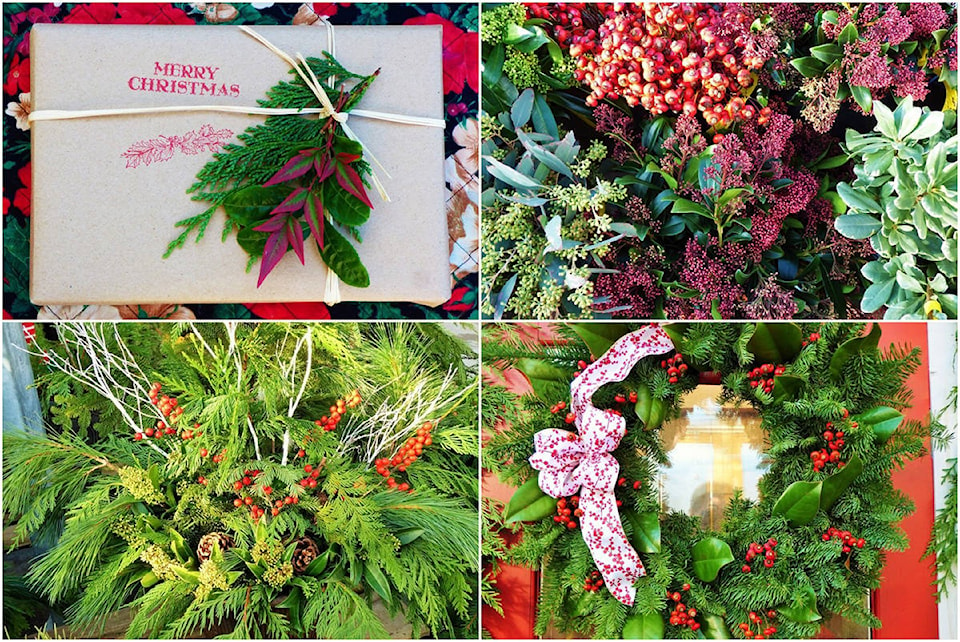You need only look out your window on the first garbage day after Christmas to realize that our holiday season is often one of excessive waste.
Dig a little deeper and you’ll find that most of that debris is simply the packaging used to ship our gifts and decorations – most of which come from distant countries where they are manufactured to standards that leave a lot to be desired, at least as far as the resulting environmental pollution is concerned.
Take your average artificial Christmas tree for instance: almost all of them are produced overseas with PVC that is stabilized with lead in order to make it softer to the touch.
They will last an average of six to 10 years, after which they are either thrown into the landfill, where the PVC component will take at least 500-1,000 years to break down, or, even worse, get incinerated and release a plethora of dioxins and carcinogens for all of us to enjoy in real time.
Either way, it’s not a pretty picture, or at least not one that we want to focus on during the Christmas season – but it is the truth of the matter.
There is, however, another approach to decorating using biodegradable gift wraps, live trees and real greens instead of artificial.
This year, I’ll be wrapping all of my gifts in brown paper, tying them with raffia and adding a few accent greens from my garden at the last minute – I also purchased a reusable Christmas stamp to give it that seasonal look.
But once all those gifts are opened, every scrap of the remaining wrap can be thrown into the compost in good conscience.
The same principle applies to our Christmas tree, which will be a small cut Noble or Fraser fir. My reasoning being that during the seven years it took to grow it, the average acre of cultured Christmas trees absorbs approximately a ton of carbon dioxide and provides the daily oxygen needs for about 18 people – so live trees help all of us to breathe better.
Most of these are recycled after Christmas instead of being dumped in a landfill, usually chipped into mulch used to cover local hiking trails, playgrounds or blended into composted soils so that they can again benefit society at large.
Granted, they do cost more than an artificial tree being reused over several seasons, but the price of the long-term environmental damage caused by plastics may end up being a lot more than the few dollars you are saving right now.
When it comes to décor, in general, there is no end of greens to choose from, and you can just reuse those spent hanging baskets or porch pots as the base for new Christmas planters.
Just make sure the remaining soil is moistened and well compacted so that the branches stay in place as you poke them in.
Red cedar, pine and true fir all make for durable base greens, so you should start with these. Then add accents of redtwig dogwood, blueberry stems, winterberry, skimmia buds or variegated holly.
Even ordinary twigs can be made into highlights with a little eco-friendly white latex paint. A cloth ribbon bow, a cluster of rose hips or even a few pine cones can add that finishing touch and you don’t need to torment yourself about doing the right thing at Christmas.
Besides that, you are upholding a century’s old tradition when you hang a live wreath on the front door instead of that tacky piece of round plastic.
Mike Lascelle is a local nursery manager and gardening author (hebe_acer@hotmail.com).
